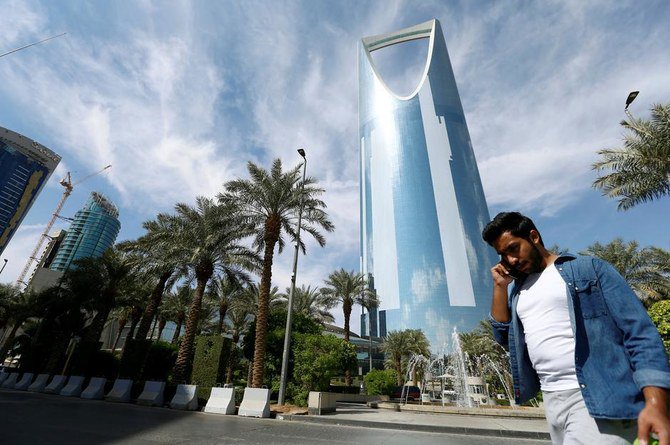
Saudi economy warms up as private spending rises
Rising private sector consumption and government fiscal stimulus measures are expected to give a boost to the Saudi economy, according to new research from Bloomberg Economics.
It expects non-oil growth to average 2.6 percent this year, up from 2.1 percent in 2018, helped by fiscal stimulus, a lower drag from monetary policy and more spending by the public.
But it is not year clear if the pickup will help to reduce the budgetary deficit.
“In theory, higher growth should reduce the budget deficit,” Ziad Daoud, chief Middle East economist at Bloomberg Economics told Arab News. “But cause-and-effect flows in the opposite direction in this case: The recent uptick in growth was largely driven by higher government spending.”
The steep decline in oil prices since 2014 has led to budgetary deficits across oil exporting Gulf economies as they seek to reduce their reliance on hydrocarbons, roll back state subsidies and seek to boost growth in non-oil industries and services.
A government crackdown on corruption in the Kingdom saw some funds leave the country that may have otherwise been invested domestically.
At the same time the introduction of valued added tax (VAT), costlier fuel prices and rising expatriate levies caused growth in the non-oil economy to slow to 1.6 percent in the first quarter of 2018 compared to 2.3 percent in the third quarter of 2017.
But the Saudi economy is now showing renewed signs of life, according to Bloomberg Economics’ activity heat map. A number of indicators are picking up, showing non-oil growth has returned to levels seen before the corruption purge, it said.
However, while the economy might be showing signs of recovery, it’s still a long way short of the growth rates achieved during the oil-boom of 2004-13, which averaged 7.7 percent a year.
Growth remains mainly driven by an oil financed fiscal stimulus package rather than the private sector, Bloomberg Economics said.



























